Hair Loss in Men
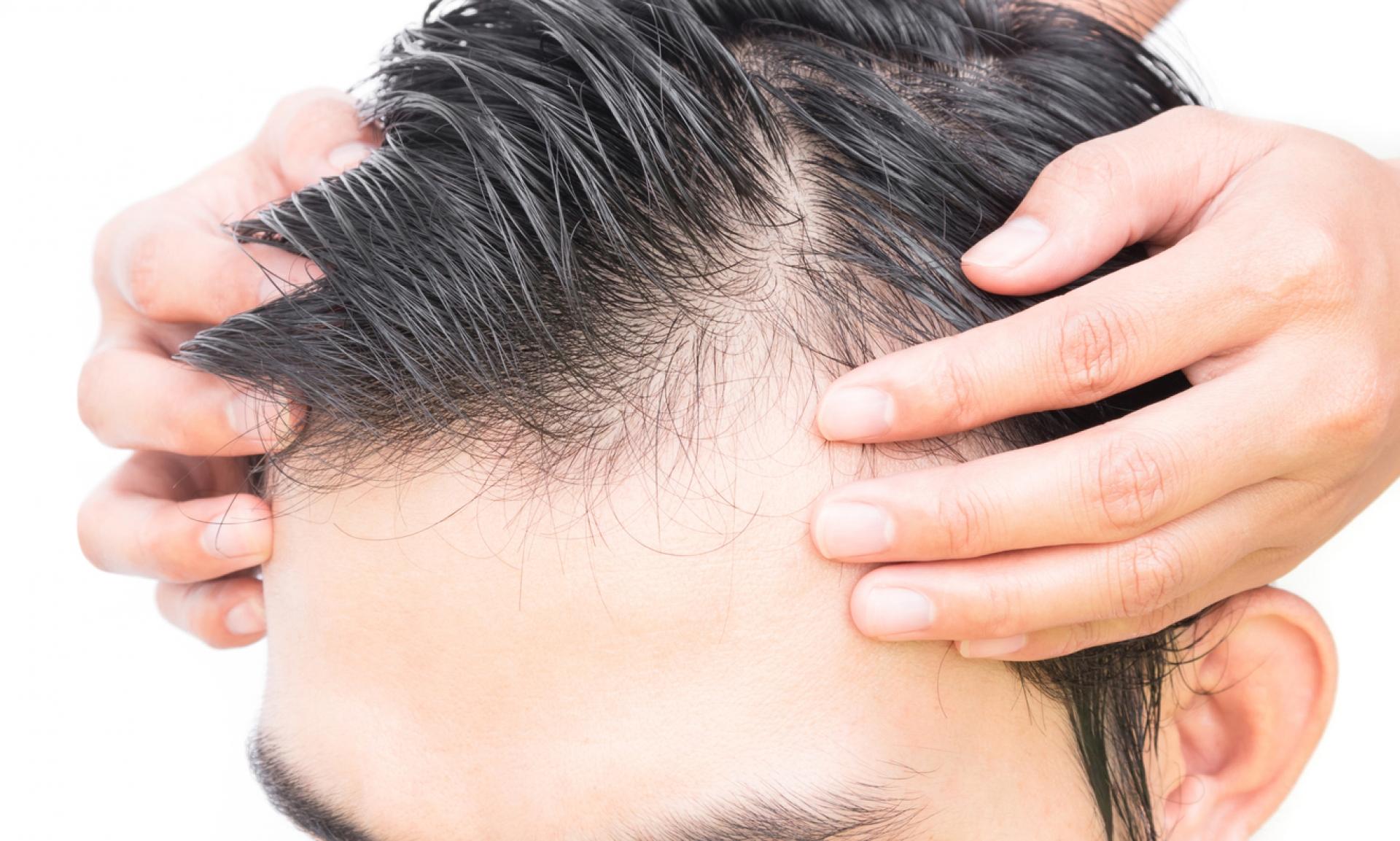
Over 95% of hair loss or hair thinning in men is due to a condition commonly referred to as Male Pattern Hair Loss (MPHL). Doctors refer to this as Andro-Genetic Alopecia. In genetically predisposed men, hair follicles on the scalp are programmed to become sensitive to a special hormone in the blood, called Dihydrotestosterone or DHT. This hormone attaches itself to the affected hair follicles and gradually destroys them. The hair’s life is shortened, becoming thinner (Miniaturization) and eventually disappearing from the scalp.
The areas typically affected by Male Pattern Hair Loss include the Temples, the frontal hairline and the top and vertex of the scalp. Interestingly, the rim of hair around the back and sides of the scalp is generally resistant to the hormone DHT and therefore remains unaffected. You will notice this rim of hair in many individuals who suffer from MPHL.
The Norwood Classification System for MPHL is the standard for assessing the clinical stage of Hair Loss. Dr Gayathri will discuss your stage of hair loss with you at your initial consultation.
Norwood Stages of Hair Loss in Men
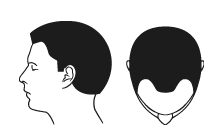
Stage 01 - Normal Full Hair Line and Solid Hair Density
Treatment: No treatment recommended.
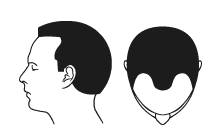
Stage 02 - Receding Frontal Hairline with no Vertex Involvement
Treatment: Topical or Oral Medication Advised

Stage 03 - Further Recession of the Frontal Hairline with no Vertex Involvement
Treatment: Topical or Oral Medication +/- Follicular Unit Hair Transplanation
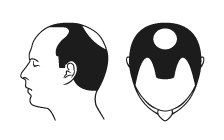
Stage 03 Vertex - The same as Stage 3 but this time WITH Vertex Involvement
Treatment: Topical or Oral Medication +/- Follicular Unit Hair Transplantation
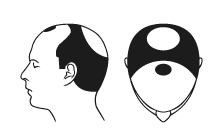
Stage 04 - Further Recession of Frontal Hairline with marked Hair Loss in Vertex
Treatment: Topical or Oral Medication and Follicular Unit Hair Transplantation

Stage 05 - Extensive Frontal Hair Loss with marked Hair Loss in Vertex
Treatment: Topical or Oral Medication and Follicular Unit Hair Transplantation
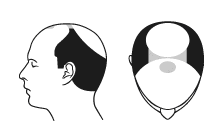
Stage 06 - Complete absence of hair between Frontal and Vertex Areas
Treatment: Follicular Unit Hair Transplantation +/- Hair Piece

Stage 07 - Severe Global Hair Loss. Rim of Hair on the back and sides remains
Treatment: Follicular Unit Hair Transplantation +/- Hair Piece
Other Causes of Male Hair Loss
It is important to note that generalised hair loss or thinning may be caused by other factors including dietary deficiencies, stress, medical conditions such as hypothyroidism, medications , physical trauma and various dermatological conditions. Shreem Madhava Hair Clinic Doctors will investigate for these other causes during the initial consultation by taking a thorough history and examination and by ordering various blood tests.
Hair Loss in Women

As with Male Hair Loss, the vast majority of women suffering from hair loss or hair thinning are affected by genetic causes. However an extremely thorough history and medical examination and detailed blood testing can help uncover other causes. These cause may include but are not limited to:
- Hair Styling and Chemical Hair Treatments
- Hormonal Influences - caused by the Oral Contraceptive Pill and HRT or hormonal changes that occur during pregnancy, puberty and menopause can cause hair loss
- Medical Conditions – Stress, Thyroid Disorders, Iron Deficiency
- Medications – certain medications used to treat high blood pressure, high cholesterol and diabetes can cause hair loss.
- Stress - stress can affect the health of the scalp by limiting blood supply and nutrients to hair follicles
- Dietary Deficiencies – Iron Deficiency are one of many dietary deficiencies that can lead to hair loss
Stages of Hair Loss in Women
Women who present with hair loss are classified by the Ludwig Classification System:
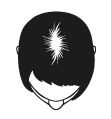
Grade 01
Early Hair Loss in the Midline of the Scalp

Grade 02
Moderate Hair Loss affecting the Midline of the Scalp. Both Thinning and Loss are seen here.

Grade 03
Marked Hair Loss characterized by a more global appearance.
